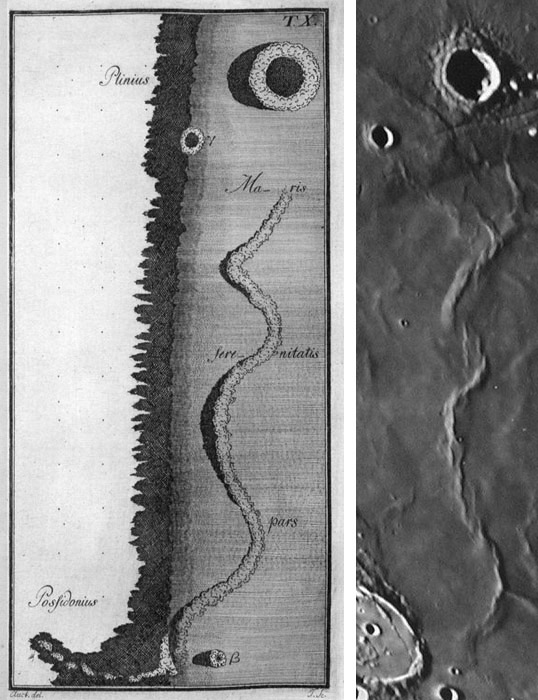Difference between revisions of "January 16, 2012"
| (3 intermediate revisions by the same user not shown) | |||
| Line 1: | Line 1: | ||
__NOTOC__ | __NOTOC__ | ||
=Depicting And Understanding= | =Depicting And Understanding= | ||
| + | <!-- Start of content --> | ||
<!-- ws:start:WikiTextHeadingRule:0:<h1> --> | <!-- ws:start:WikiTextHeadingRule:0:<h1> --> | ||
<table class="wiki_table"> | <table class="wiki_table"> | ||
| Line 13: | Line 14: | ||
<br /> | <br /> | ||
<strong>Related Links</strong><br /> | <strong>Related Links</strong><br /> | ||
| − | Rükl plate [ | + | Rükl plate [https://the-moon.us/wiki/R%C3%BCkl_24 24]<br /> |
<br /> | <br /> | ||
<hr /> | <hr /> | ||
| − | <!-- Removed reference to store page --> | + | <!-- Removed reference to store page 2 --> |
</td> | </td> | ||
</tr> | </tr> | ||
| Line 22: | Line 23: | ||
<p><b>Yesterday's LPOD:</b> [[January 15, 2012|And On Your Left]] </p> | <p><b>Yesterday's LPOD:</b> [[January 15, 2012|And On Your Left]] </p> | ||
<p><b>Tomorrow's LPOD:</b> [[January 17, 2012|Four And One]] </p> | <p><b>Tomorrow's LPOD:</b> [[January 17, 2012|Four And One]] </p> | ||
| + | <!-- End of content --> | ||
{{wiki/ArticleFooter}} | {{wiki/ArticleFooter}} | ||
Latest revision as of 17:47, 13 October 2018
Depicting And Understanding
 |
left drawing from Schröter (1791) and right image from Consolidated Lunar Atlas (1966). ScHröter's drawing is remarkably accurate.
|
Yesterday's LPOD: And On Your Left
Tomorrow's LPOD: Four And One
COMMENTS?
Register, Log in, and join in the comments.



